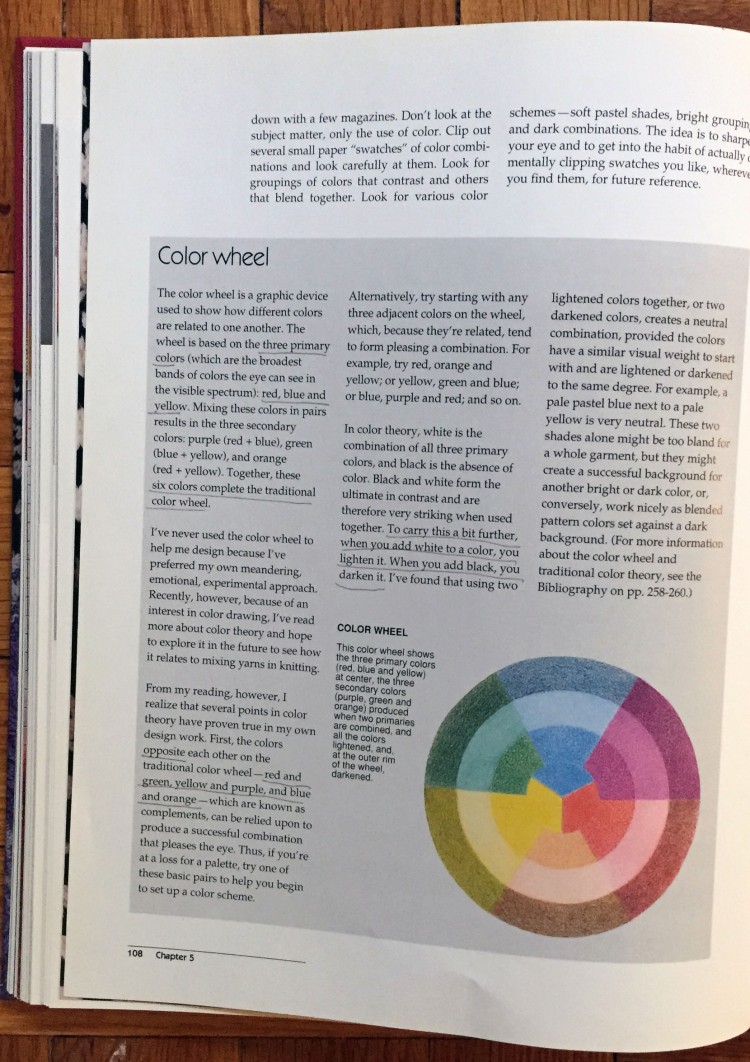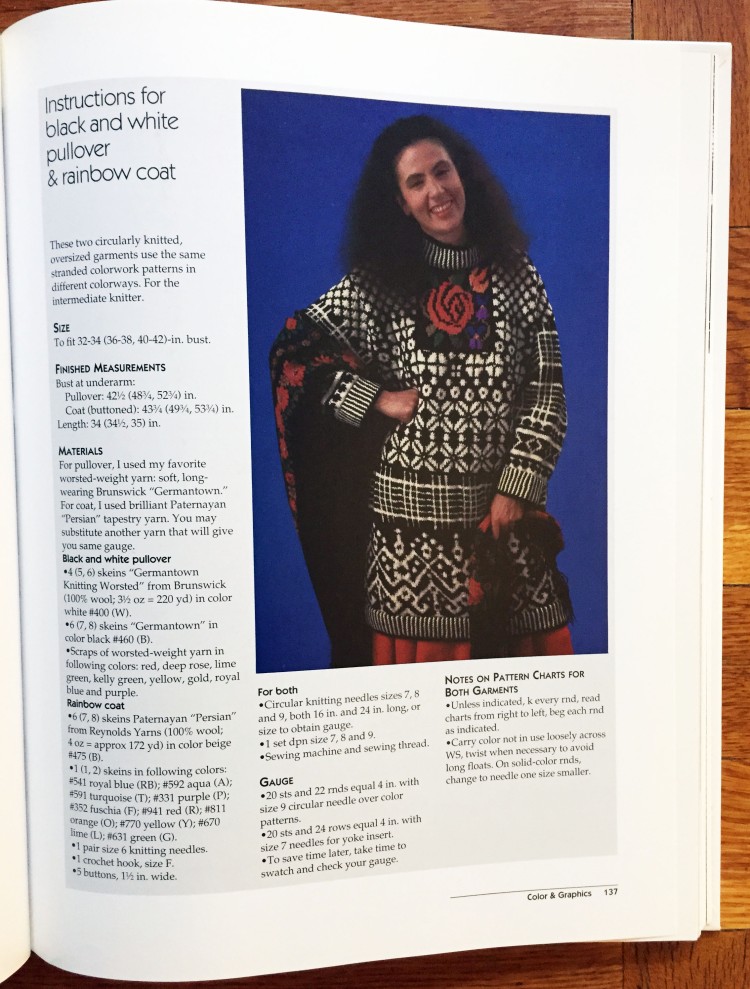Even in the last chapter of Dressmaker Details and Finishing, Deborah gives us so much information that this chapter could almost be a stand-alone book.
I’ve come to realize in this journey of a comprehensive design book that I might not use the book of a whole, but there are so many nuggets of fabulous info that are great for reference. I would not advise anyone to do what I did – read the book from cover to cover – even though I did break it down into small approachable chapters.
I’m including a couple of photos of pages with collars and lapels. Also covered in the chapter were silhouettes, using ribbing to shape, draped necklines, pockets and cuffs. Oh, and there is a box explaining short rows. Didn’t I say that this chapter could be a book!
This page on how to full or felt alone is worth the book. Who knew that adding baking soda to the water to soften it?
The fitted suit that ends this chapter isn’t my favorite project, but I admire what it took for Deborah to design it and fit it onto a real model.
The spread at the end of book has a great list of books to find more information that Deborah refers to throughout the book. That said, many new books have come into the knitting scene since this book was published. I know there is a newer version of the book and I don’t know if the bibliography has been updated.
Goodbye Designing Knitwear. My next blog will be with a much easier to read/cover book.









































